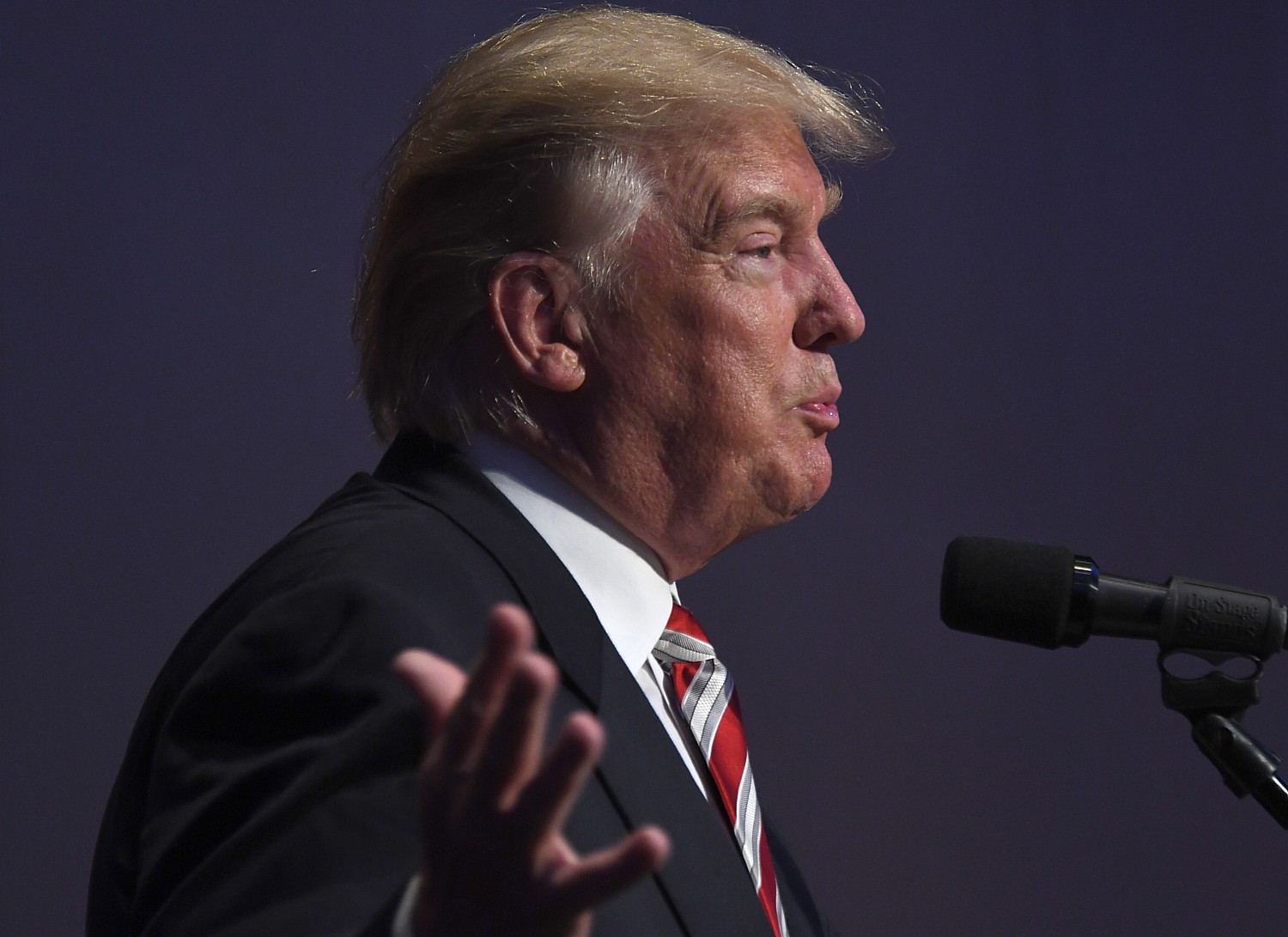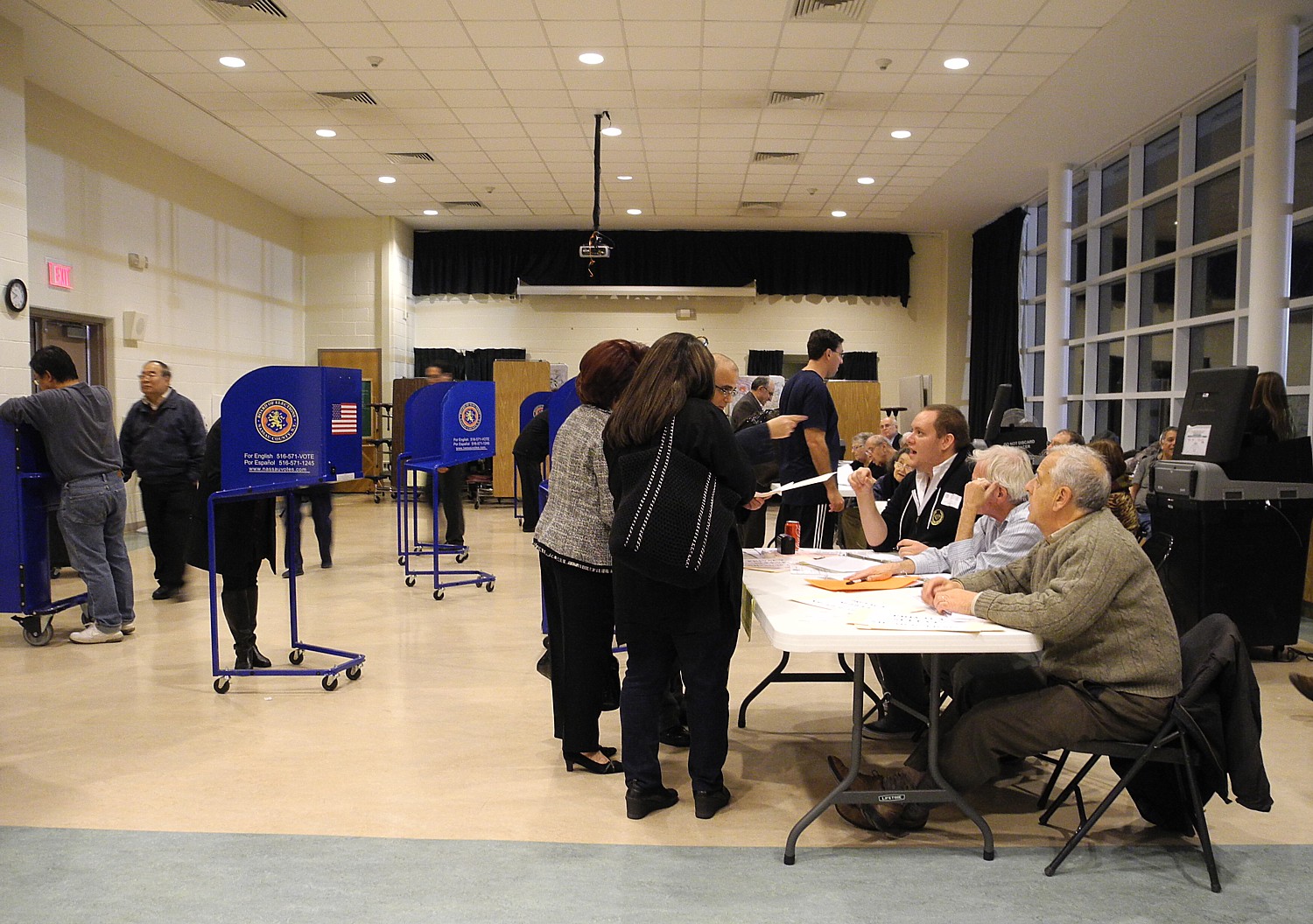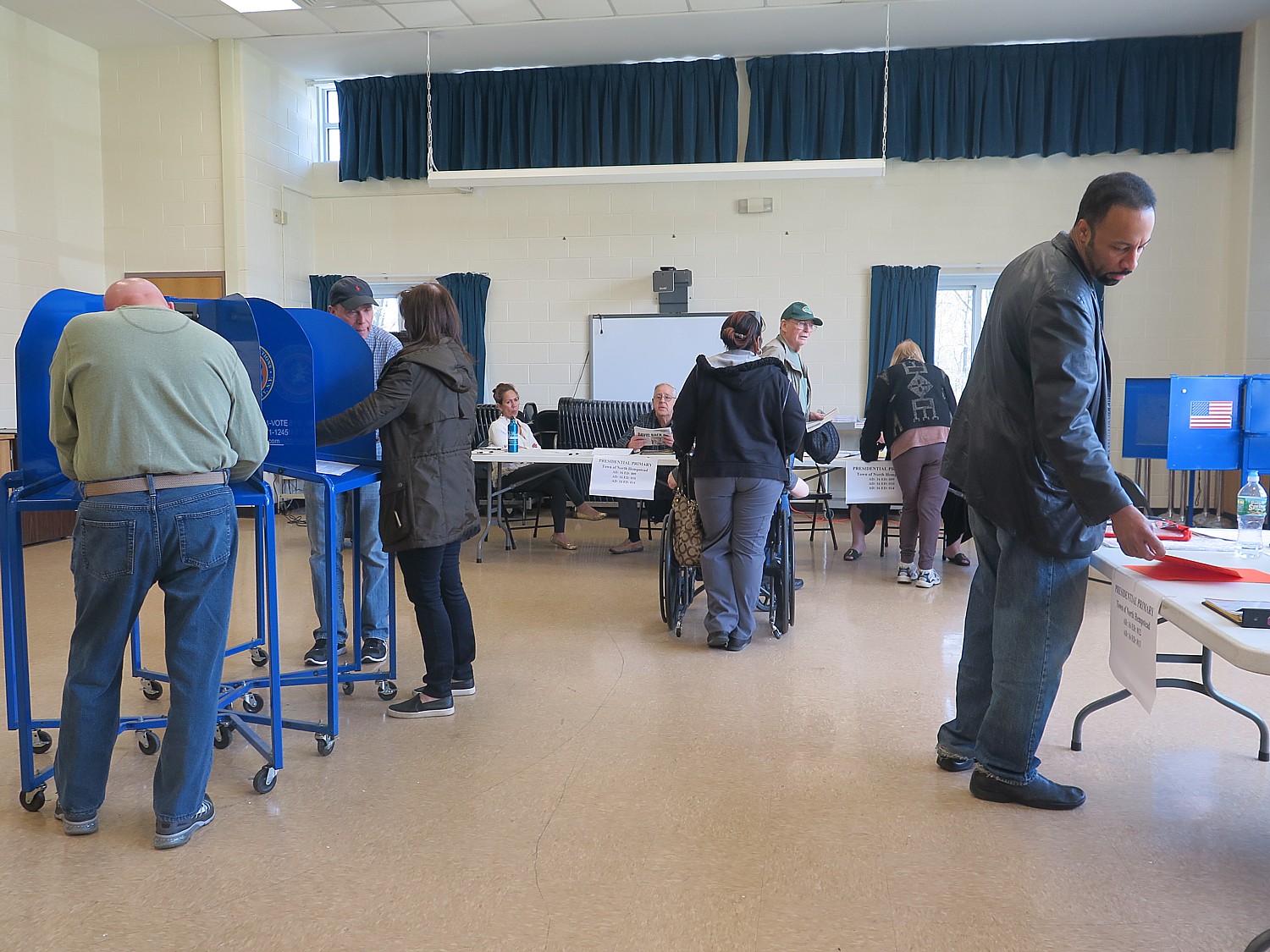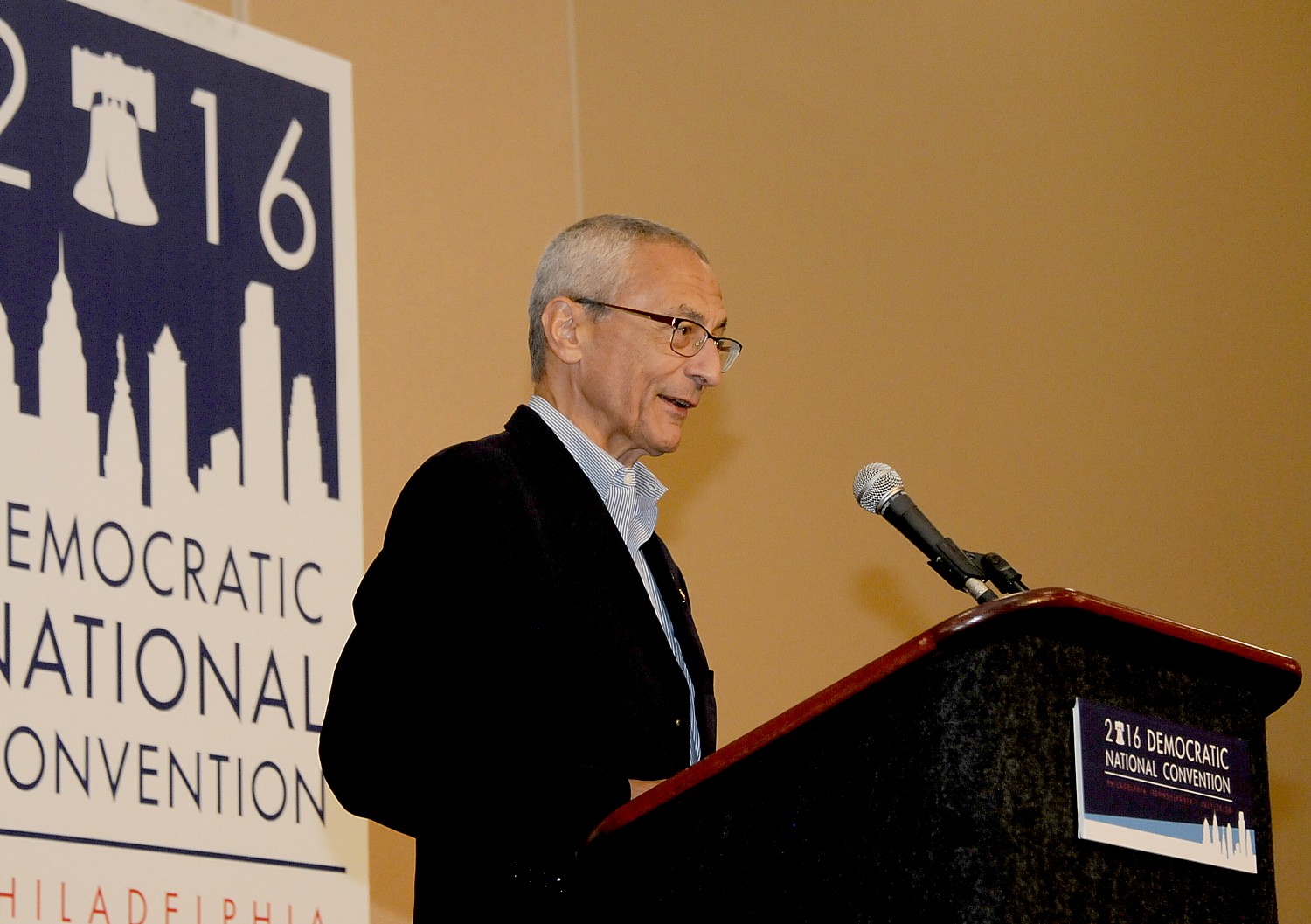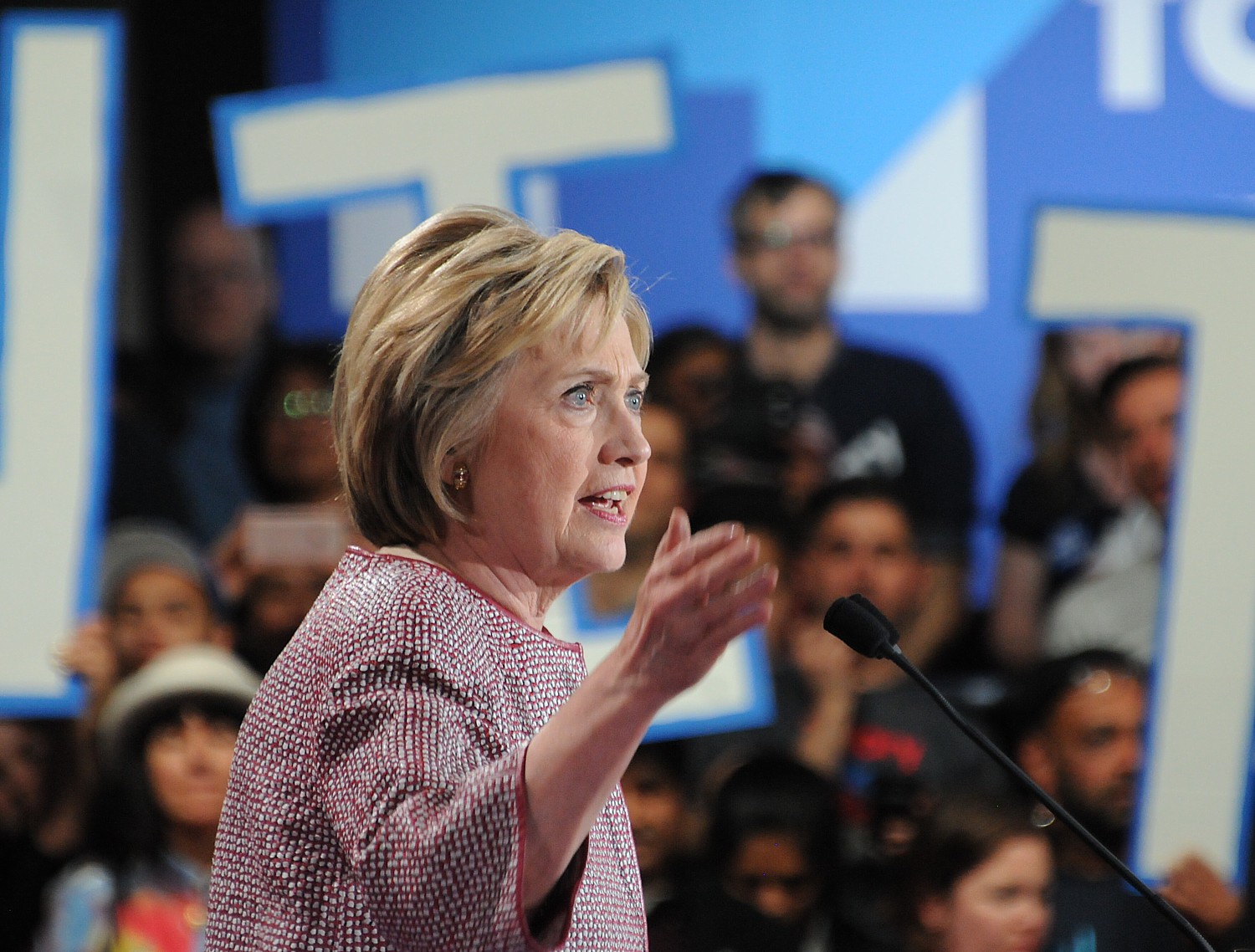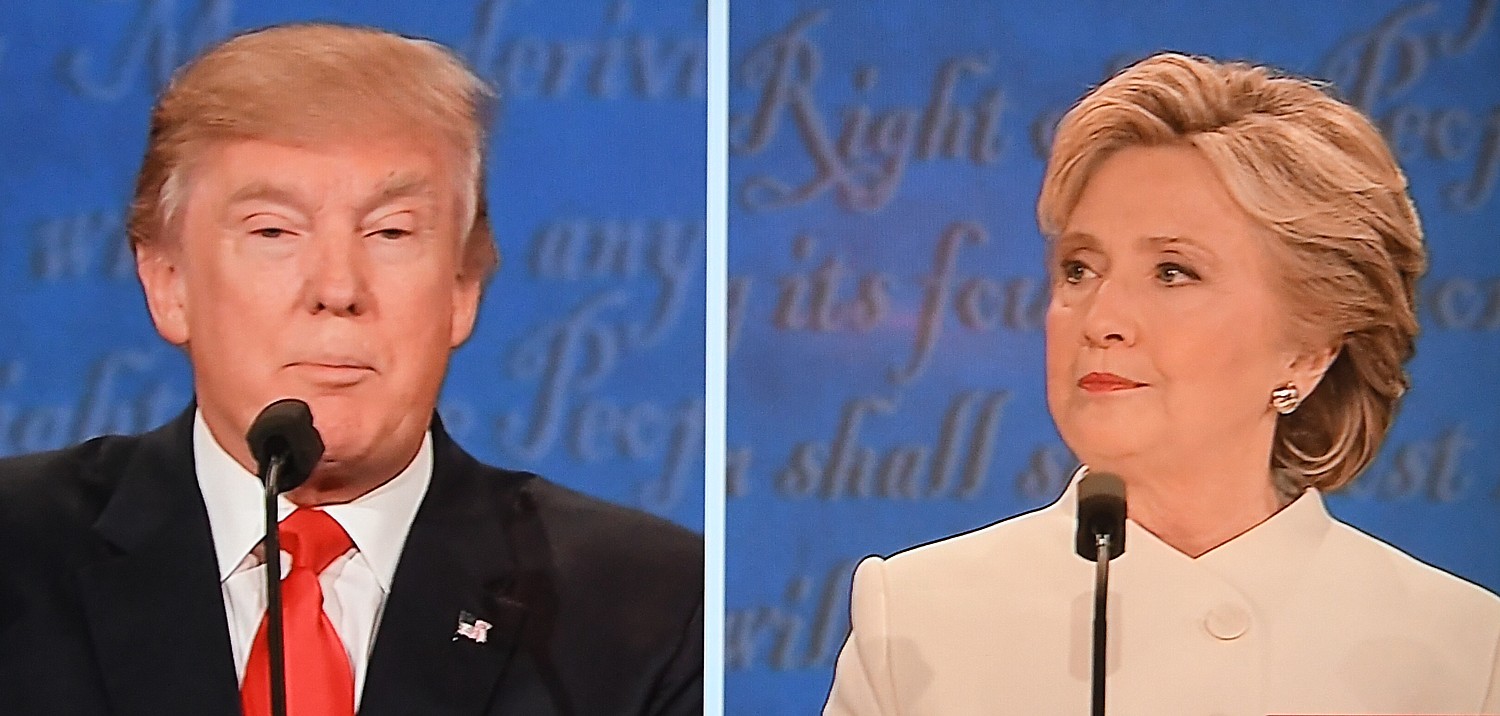
Hillary for America has released a new video on the “Trump Effect,” highlighting the differences between Hillary Clinton’s vision and approach and Donald Trump’s.
“Hillary Clinton believes in an America where everyone counts and everyone has a place. She’s spent her life acting on those beliefs, from her early work at the Children’s Defense Fund through a campaign that has consistently called out Trump’s division and hatred while offering a policy agenda that would bring people together and address the issues that keep us apart. Hillary has prioritized issues like immigration reform, endingLGBT discrimination and criminal justice reform.
“American voters face a choice of two different visions for America: Donald Trump’sdark and divisive vision that could tear our country apart, or Hillary Clinton’s hopeful, inclusive vision that says we’re stronger together.
“Donald Trump set the tone of his campaign by insulting Mexican immigrants and has continued using those kinds of insults and divisive comments through today. From Muslims to Gold Star families to a judge of Mexican heritage born in America to one of his own African American supporters just this past week, no one has been safe from Trump’s insults and lies.Trump has also built his political identity on conspiracy theories, starting with the racist lie that President Obama was not born in America and support from hate movements like the alt-right—whose leaders Trump has embraced.”
Clinton has been campaigning in Nevada and Arizona where she highlighted Trump’s divisive agenda and the high stakes in this election by pointing to Trump’s long record of insults against communities of color. In Jan Brewer and Joe Arpaio’s backyard, Clinton will counter their attempts to silence Latinos by mobilizing the community to break with history and turn the state blue on November 8th.
Also today, Hillary For America is launching a new video showing how Trump words and actions have encouraged bullying and fear in schools across our country, something experts are calling the “Trump Effect.” Children — members of the groups that Trump so frequently attacks — are speaking out about the harassment and threats they are facing because the Republican nominee has targeted who they are or how they pray.
WATCH: “The Trump Effect”
“As millions of Americans continue to vote early, and with election day less than a week away, it’s worth taking a look back at Trump’s history of divisive and hateful rhetoric,” the campaign noted:
THE “TRUMP EFFECT”
- Trump’s rhetoric has given rise to bullying and violence in schools and communities across America.
- Adopted children in Wisconsin and New York worried they would be sent back to Africa.
- A child in New Jersey worried he, his mother, and sibling would be separated from his father because they have a different skin color.
- California school children have endured xenophobic taunts on the playground, including being told they were “born in a Taco Bell.”
- Students broke out into chants like “build the wall” when their sports teams competed against Latino students in Colorado, Indiana and Wisconsin. A fraternity in Louisiana constructed a wall made of sandbags “emblazoned with pro-Trump slogans.”
- A teacher in Arizona allegedly told a student “I can’t wait until Trump is elected. He’s going to deport all you Muslims.”
- A man and a woman were attacked in Massachusetts and Washington, D.C. respectively by people who attributed their motivations to Donald Trump.
AFRICAN AMERICANS
- Trump, for years, peddled a racist lie that President Obama was not born in the U.S.
- Trump pointed at an attendee and called him “my African American” during a campaign rally.
- Trump to African Americans and Hispanics: ‘You’re living in poverty, your schools are no good, you have no jobs, 58% of your youth is unemployed — what the hell do you have to lose?’
- Trump retweeted “racially loaded” and “wildly inaccurate” statistics claiming Blacks were responsible for 81 percent of White homicides.
- Trump blamed crime in majors cities on Hispanics and African Americans.
- Trump claimed crime in Oakland and Ferguson was so bad that it was dangerous like Iraq and has continued to compare inner cities to war zones.
- Trump to a Black Lives Matter protester: “Maybe he should have been roughed up.”
- Trump paid for a racially provocative ad calling on New York lawmakers to reinstate the death penalty for five young African American men who were wrongfully accused of raping a woman.
IMMIGRANTS, LATINOS
- Trump called Mexican immigrants “criminals” and “rapists.”
- Trump said Mexican immigrants bring “tremendous infectious disease.”
- Trump on Judge Gonzalo Curiel: “He’s a Mexican. We’re building a wall between here and Mexico.”
- Trump refused to stop using the term “anchor baby.”
- Trump referred to some Hispanic immigrants as “bad hombres.”
- Trump has said he would have a “deportation force” to go roundup and deportundocumented immigrants.
- Trump would deport children born in America because he does not think their citizenship is valid.
- Trump said Mexico was sending “The bad ones over because they don’t want to pay for them.”
- Trump’s campaign CEO, Steve Bannon, is currently on leave from his job as head of Breitbart News. Breitbart drove conspiratorial reporting about Chobani in retaliation for hiring immigrants and refugees, making the company’s founder the target of vicious social media attacks.
MUSLIMS
- Trump called to ban an entire group of people based on their religion.
- Trump on his proposed Muslim ban: “I’m not softening my stance at all … In fact, you could say it’s an expansion.”
- Trump said “I’m looking now at territories. People were so upset when I used the word Muslim… Now, we have a religious, you know, everybody wants to be protected. And that’s great. And that’s the wonderful part of our Constitution. I view it differently. ”
- Trump defended his Muslim ban by comparing it to Japanese internment camps. Not surprisingly, he said he might have supported internment camps.
- Trump suggested he would create a database to track American Muslims.
VETERANS, SERVICE MEMBERS AND THEIR FAMILIES
- Trump repeatedly attacked a Muslim Gold Star family who lost their son in Iraq.
- Trump claims that U.S. Army Captain Humayun Khan would be alive if he had been president.
- Trump calls our military “a disaster.”
- Trump said “our military can’t beat ISIS.”
- Trump said, “I know more about ISIS than the generals do. Believe me.”
- Trump said the generals have been “reduced to rubble.”
- Trump said John McCain was “not a war hero” because he was captured.
- Trump suggested veterans experiencing PTSD aren’t “strong.”
- Trump’s businesses have reportedly fired employees for their military service.
- Trump scammed veterans through his sham Trump University.
DISABLED AMERICANS
- Trump mocked a disabled reporter.
- Trump reportedly called a deaf actress on the Apprentice “retarded.”
- Trump referred to a paralyzed news commentator as a “guy that can’t buy a pair of pants.”
- Trump faced a series of lawsuits for failing to comply with the ADA.
- Trump repeatedly attempted to kick disabled veterans off of Fifth Avenue over two decades, calling the situation “deplorable.”
DISCRIMINATION IN TRUMP BUSINESSES
- Trump was twice sued by the Department of Justice for discrimination in housing.
- Trump employees marked applications from minorities with “C” for “Colored.”
- The housing complex that was one of Trump’s first real estate deals faceddiscrimination charges.
- Trump’s businesses lagged in minority hiring. Former employees who worked for Trump over several decades said they don’t remember a single black vice president-level executive at Trump Tower.
TRUMP AND HATE MOVEMENTS
- Trump’s campaign shared an anti-Semitic image on his twitter that first appeared on white supremacist websites.
- Trump has received an outpouring of support from hate movements like the alt-right.
- White Supremacists used Trump’s candidacy as a recruiting tool.
- White Supremacists and Klan members supported Trump, comparing his views to their views.
- Former KKK Leader David Duke said Trump has “Made it OK to talk about these incredible concerns of European Americans today, because I think European Americans know they are the only group that can’t defend their own essential interests and their point of view.
- Virginia KKK Leader Endorses Trump: ‘What He Believes In, We Believe In.’”
- Trump on being supported by White Supremacists: “A lot of people like me.”
TRUMP ENCOURAGING VIOLENCE
- Trump said to a protester “I’d like to punch him in the face, I’ll tell ya” and mourned “we’re not allowed to punch back anymore. I love the old days … They’d be carried out on a stretcher, folks.”
- Trump offered to pay the legal fees of a supporter who attacked protester.
- Trump claimed he could “shoot somebody” and not lose any votes.
- Trump called to throw a protestor out into the cold without their coat.

